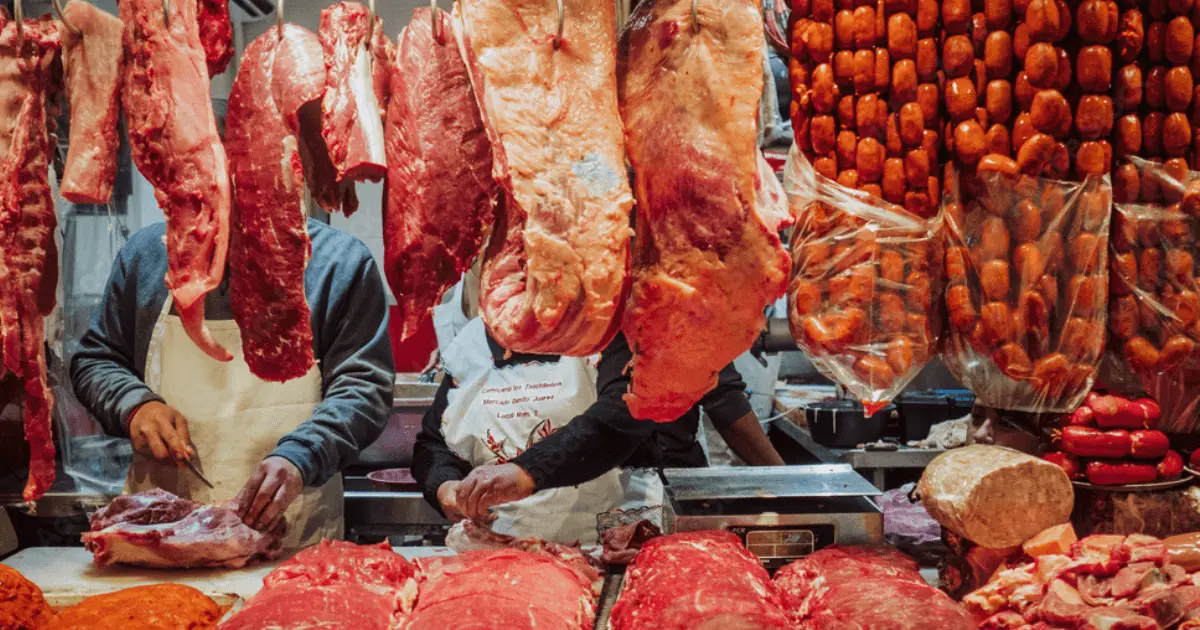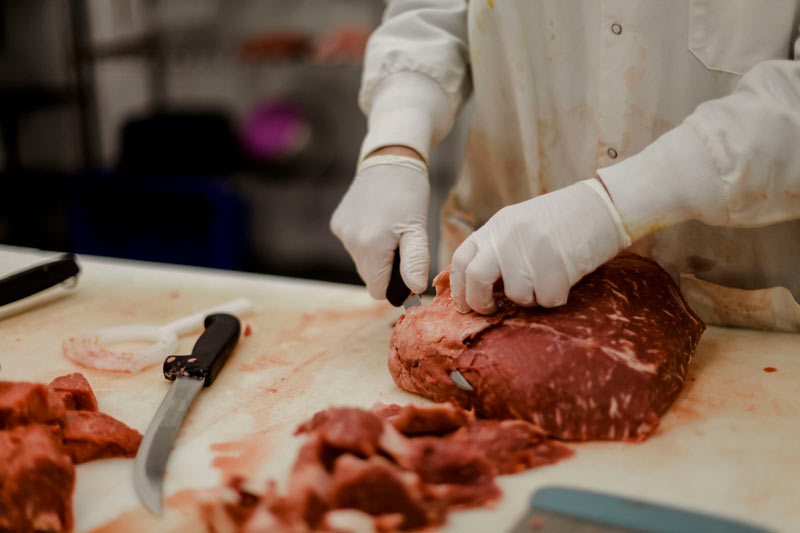Explore fresh meats and more at Bagley Meat Market Edwardsville IL in Edwardsville, IL.
Explore fresh meats and more at Bagley Meat Market Edwardsville IL in Edwardsville, IL.
Blog Article
Check Out Fresh and Top Quality Meats at Your Regional Meat Market
Checking out fresh and high-quality meats at your regional meat market gives an opportunity to improve your cooking experience while supporting neighborhood farming. Recognizing the nuances of meat high quality and the advantages of picking local products can dramatically impact your dishes.
Benefits of Neighborhood Meat Markets

Another substantial advantage is the degree of customer support given by regional meat markets. Knowledgeable team often have thorough competence about the items they sell, permitting customized referrals tailored to specific preferences. This experience can be particularly beneficial when selecting cuts or understanding food preparation strategies.
Additionally, local meat markets typically supply a wider range of specialty meats and cuts that may not be offered in bigger stores. This diversity permits customers to check out one-of-a-kind choices and trying out different recipes.
In addition, shopping at regional meat markets cultivates community interaction and sustainability. By sustaining local services, consumers contribute to the regional economy and promote lasting farming techniques. Generally, the advantages of local meat markets produce an even more enjoyable shopping experience, providing high quality, solution, and area influence that larger grocery chains typically can not duplicate.
Kinds Of Meats Available
Meat markets are known for their varied selection, providing to a range of cooking choices and dietary requirements. Clients can discover an outstanding array of meats, ranging from conventional options to specialty products. Typical offerings consist of beef, pork, and poultry, each offering distinct flavors and structures appropriate for countless dishes.
Beef is commonly offered in different types, including ground beef, steaks, and roasts, appealing to those who appreciate passionate dishes. Pork choices commonly incorporate cuts such as chops, tenderloins, and ribs, every one of which can be prepared in various styles, from barbecuing to slow-cooking. Fowl, mostly poultry and turkey, supplies lean healthy protein options that can be easily incorporated right into a well balanced diet plan.
In addition to these staples, several meat markets include specialty meats such as lamb, duck, and game meats like venison or bison, interesting daring eaters and those seeking alternatives to more usual choices. Additionally, some markets might use processed meats like sausages, bacon, and deli meats, supplying practical options for fast dishes. This substantial variety makes certain that every client can find something to match their taste and dietary demands.
Understanding Cuts and Top Quality
Picking the right cut of meat is important for achieving the wanted flavor and inflammation in any type of dish. The top quality of meat is established by numerous factors, including the pet's type, age, diet plan, and the specific cut itself. Cuts can be classified right into two key groups: primal cuts and subprimal cuts. Primitive cuts are the primary areas of the pet, such as the loin, rib, and chuck, while subprimal cuts are stemmed from these primitive sections and include steaks, roasts, and chops.

When analyzing top quality, seek marbling, which describes the intramuscular fat within the meat. Greater levels of marbling generally indicate a richer taste and an extra soft structure. Furthermore, the color of the meat can serve as a sign of freshness. For beef, an intense red color suggests freshness, while pork needs to show up pale pink and poultry need to have a light pink shade.
Understanding these differences enables consumers to make informed selections when buying meat. By choosing the proper cut and recognizing quality indications, home chefs can enhance their culinary endeavors and make certain a satisfying dining experience.
Tips for Shopping Smart
Buying fresh and high-quality meats requires a thoughtful strategy to guarantee you obtain the ideal worth and taste for your meals. Begin by acquainting on your own with different cuts and their corresponding rates. This expertise you could try these out will enable you to make informed choices and avoid overpaying for extra costly cuts when much less costly options might be sufficient.
Additionally, think about purchasing during off-peak hours. This commonly leads to a much more tailored experience with the butcher, who can supply beneficial insights into item freshness and prep work strategies. Always examine the meats carefully; seek vibrant color, firm appearance, and marginal liquid in the packaging, which can suggest quality.
Do not hesitate to ask concerns regarding sourcing and handling practices. Comprehending where your meat comes from and just how it has actually been refined can significantly impact high quality. Finally, take into consideration acquiring in bulk. Acquiring larger quantities can save money in the long run, particularly if you have the ability to ice up sections for later usage.
Sustaining Neighborhood Farmers and Organizations
Sustaining local farmers and companies promotes a sense of community while making sure access to high-grade meats. By buying from regional meat markets, consumers can directly sustain agricultural practices that prioritize sustainability and moral therapy of animals. Local farmers often implement liable farming methods, which not only boost the high quality of their products but additionally contribute favorably to the setting.
Purchasing locally lowers the carbon footprint associated with transport, as meats do not need to be delivered long ranges. Additionally, neighborhood meat markets often offer openness concerning sourcing and manufacturing methods, permitting customers to make informed options about the food they take in (bagley meat market edwardsville il). This connection in between my sources consumer and manufacturer cultivates depend on and encourages the development of neighborhood economic climates

By picking local meats, consumers can enjoy special tastes and varieties that might not be readily available through larger, industrial providers. In significance, buying from neighborhood meat markets enhances area bonds, supports ethical farming practices, and provides accessibility to fresher, much healthier meats.
Final Thought
To conclude, local meat markets supply a distinct benefit through their emphasis on quality, taste, and sustainability. By supplying access to a diverse array of specialized meats and distinct cuts, these markets not only boost culinary experiences but additionally promote the support of learn this here now neighborhood farmers and services. The knowledge and competence of staff more enhance the shopping experience, ensuring customers make notified selections that add to both individual contentment and neighborhood health.
Report this page